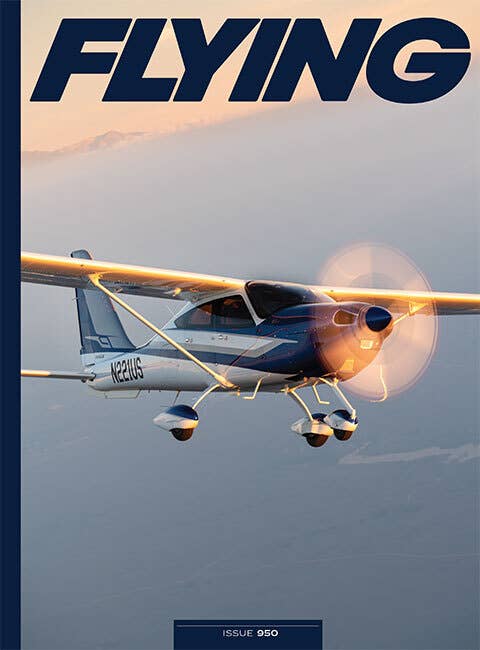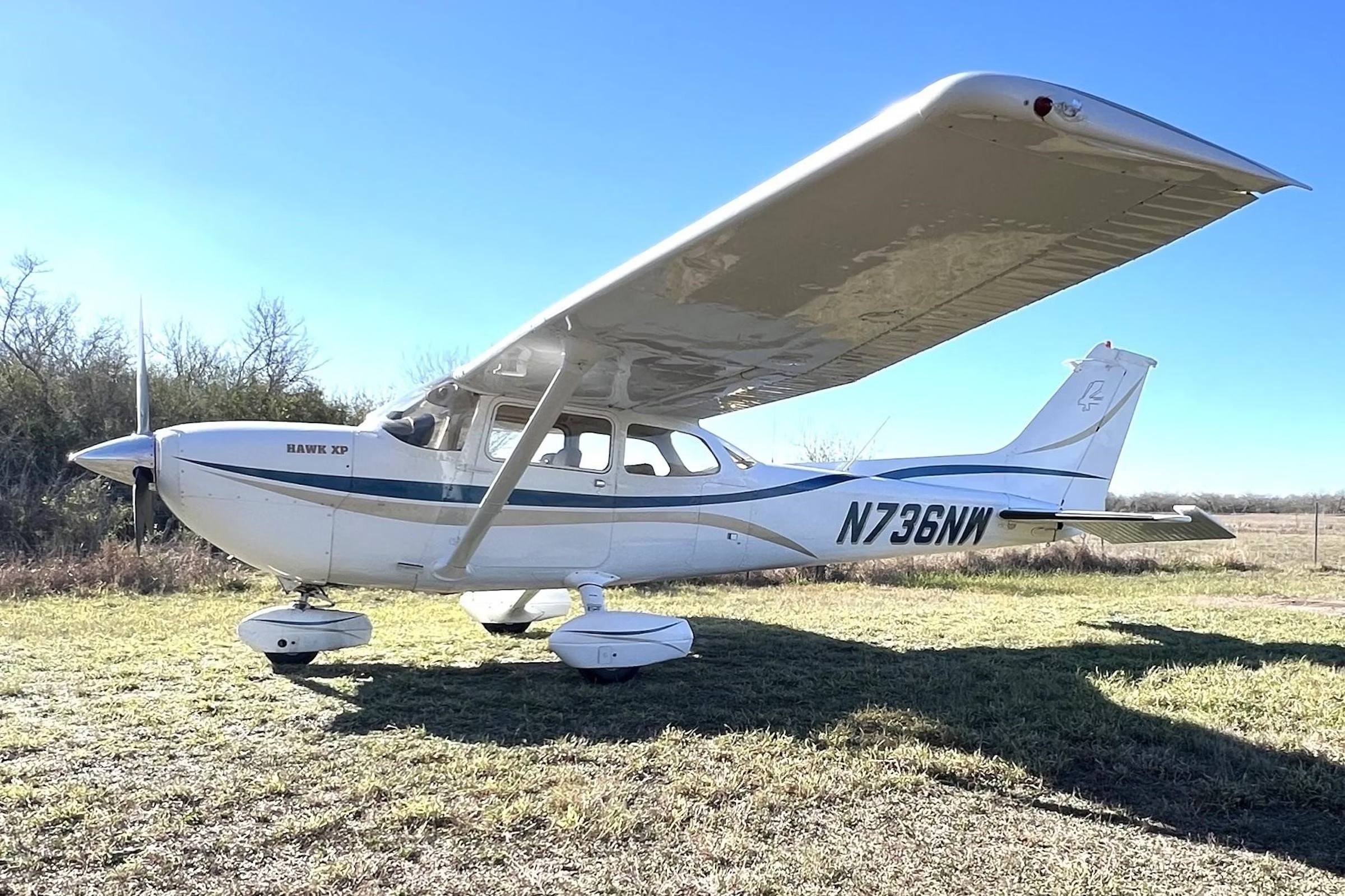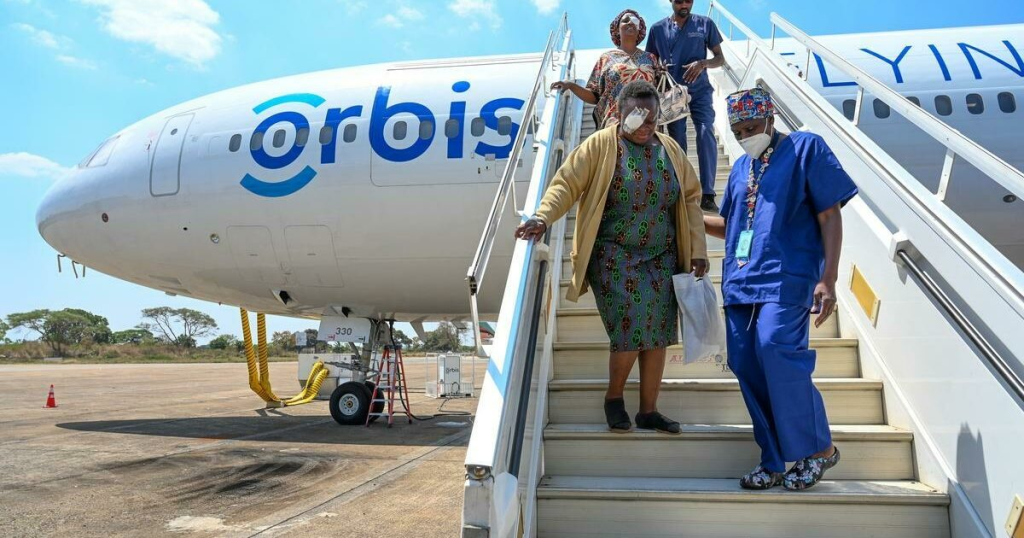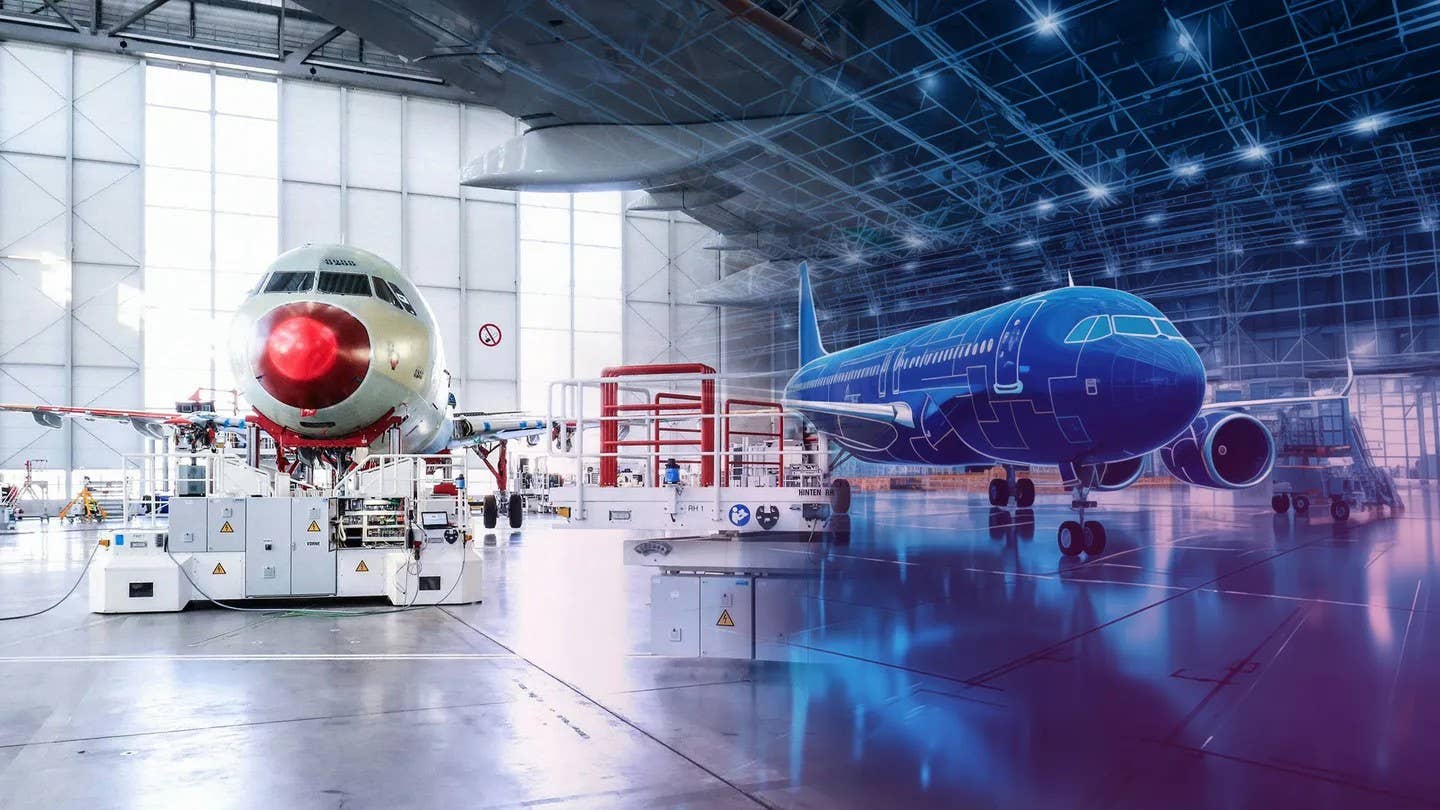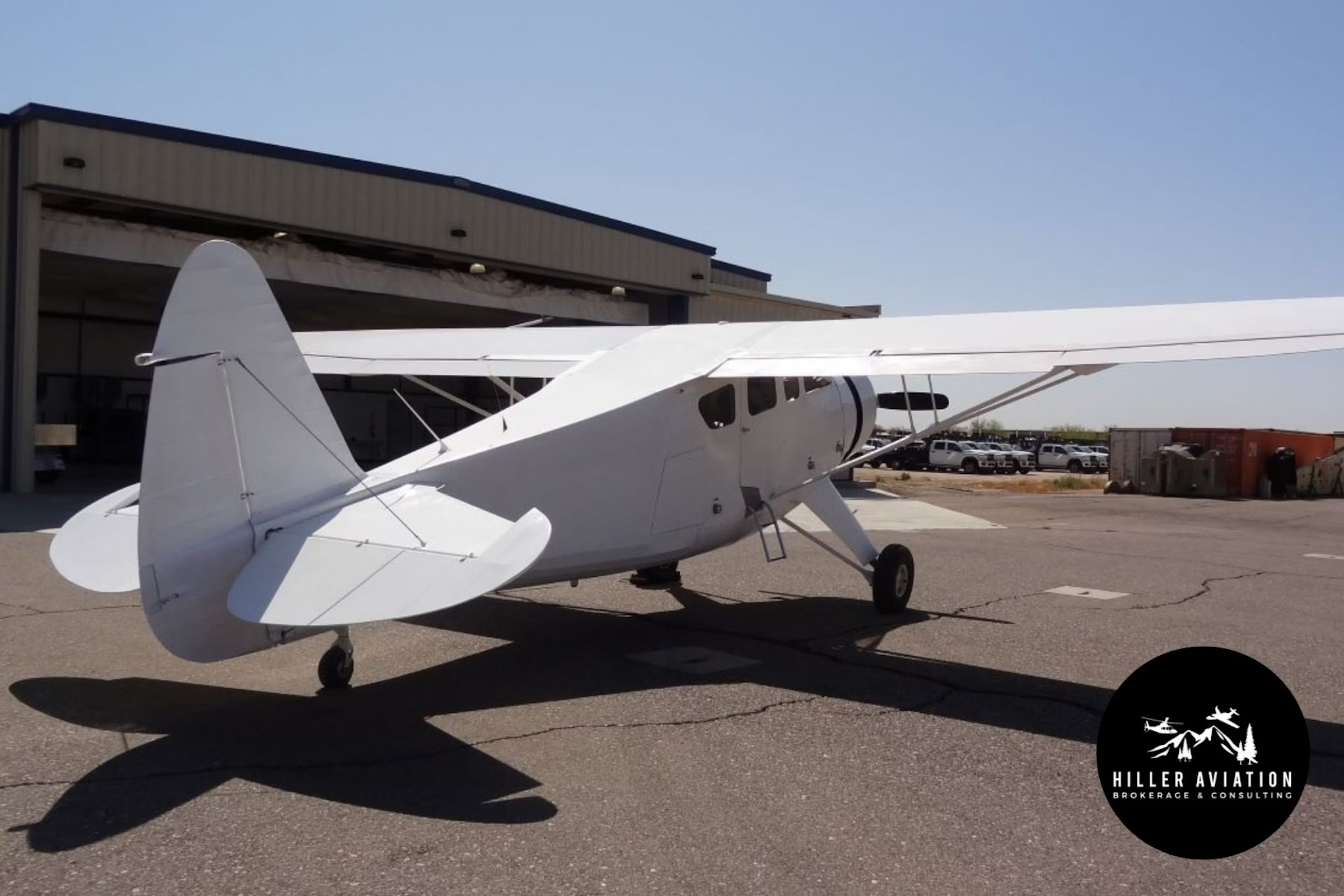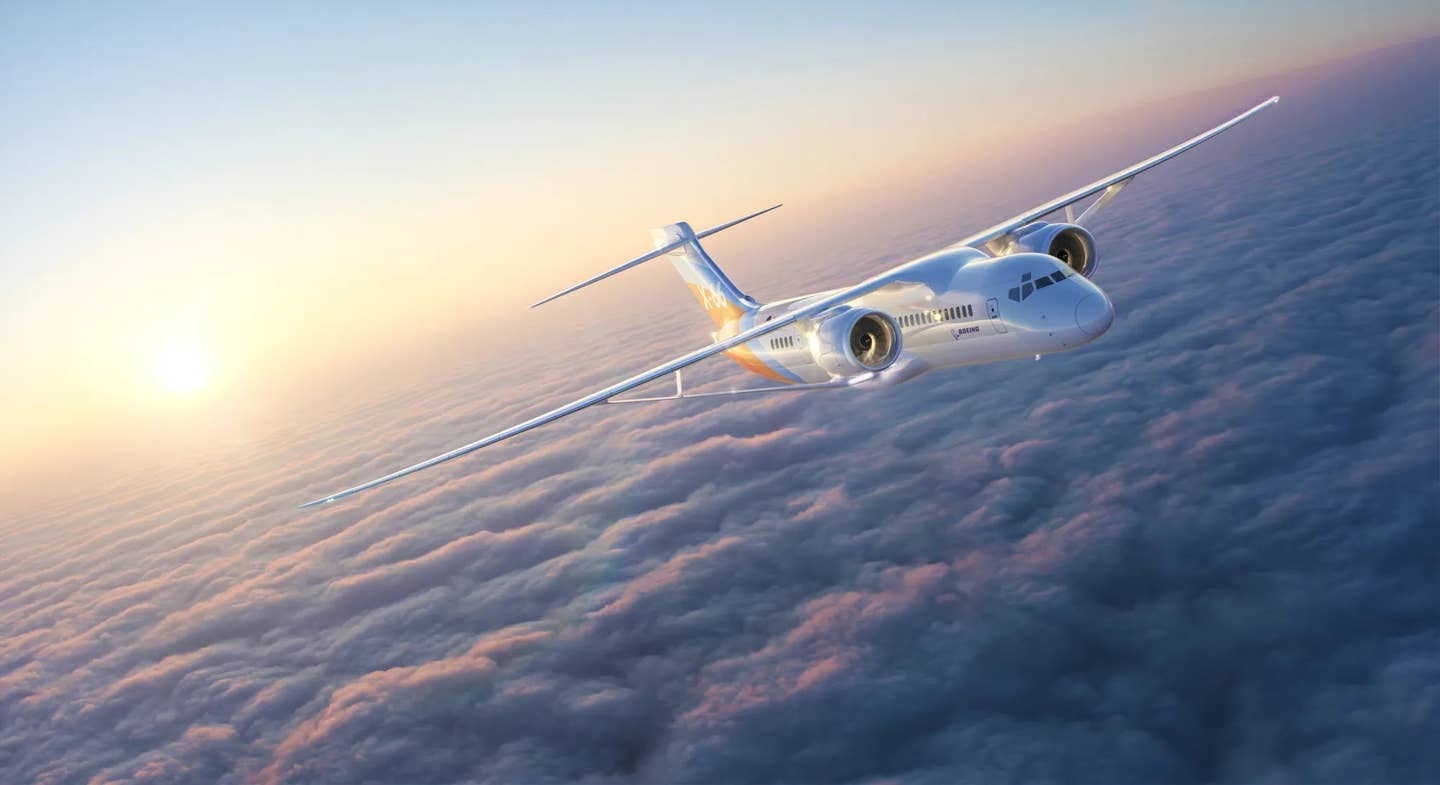How to Buy an Aircraft Safely
Here are the steps to take in transitioning your new airplane properly and cautiously.

Your goal for that first hundred hours should be to get plenty of flight instruction and gradually expand the envelope of
conditions in which you’ll fly. [Adobe Stock]
One of the major ways that pilots learn about safety is by reading about accidents. And years ago, I noticed a number of aircraft accidents involving newly purchased aircraft.
So, I did a search of the National Transportation Safety Board (NTSB) database using phrases such as “recently purchased,” and sure enough, I found a boatload of accident reports. So many in fact that I created a presentation that I gave several times called, “How to Buy an Airplane and Not Crash on the Way Home.”
If you're not already a subscriber, what are you waiting for? Subscribe today to get the issue as soon as it is released in either Print or Digital formats.
Subscribe NowSometimes the crash isn’t on the trip home but occurs within a few weeks of purchase.
Here’s what I found when I researched the NTSB database for accidents of this type:
- 27 percent involved experimental aircraft.
- 25 percent were stalls that occurred either during takeoff or landing.
- 23 percent occurred on the first flight, often on a long trip to bring the aircraft home.
- 18 percent involved mechanical difficulties.
- 15 percent occurred at night.
- 15 percent had a CFI on board.
- 15 percent were weather related.
- 14 percent were maneuvering accidents.
- 12 percent involved fuel exhaustion.
- 8 percent were in-flight breakups.
- 5 percent involved aerobatics.
In a 10-year period, there were 66 fatal accidents and more than 100 nonfatal accidents. I identified the factors summarized above for the fatal accidents. (The percentages add up to more than 100 percent, as some accidents involved two or more factors).
Often we read the same repeated recommendations we hear in our lives, such as “you should drink eight glasses of water a day.” But if you don’t do it, the consequences are pretty minor. I think the vast majority of pilots buying an airplane have no clue that they face greater risks in the first few days after they’ve acquired it. Purchasing a new aircraft is a rewarding experience, but it’s imperative to recognize the higher initial danger and take the proper precautions.
Budget for Training
Pilots generally do an excellent job of budgeting for the cost of an aircraft. It’s easy to identify many of the costs involved, including insurance, tie-down fees, maintenance, and taxes. Yet how many pilots include training in their budget?
If you’re buying an aircraft you’re highly experienced in, training may not be an issue. Yet when many pilots purchase an aircraft, they’re stepping up to a new model in which they have little expertise. But if they’ve already stretched their finances to buy the plane, they may be inclined to go cheap on training. But that’s a false economy. Most accidents occur to pilots with fewer than 100 hours of experience in the aircraft type they’re flying. So, your goal for that first hundred hours should be to get plenty of flight instruction and gradually expand the envelope of conditions in which you’ll fly.
A common error pilots make is to use their favorite local flight instructor to get checked out in the new aircraft, even if the CFI has little to no experience in that type. While it may seem like fun to “learn the airplane together” or train with someone you consider a friend, it might not be in your best interest. If you really want to train together, do it safely and hire an expert in your aircraft type to train you both. Yes, that will cost you more money but just consider it part of the acquisition cost of the plane and budget accordingly.
But doing things right and getting good training ahead of time in the aircraft you plan to buy is not sufficient. In episode 328 of my Aviation News Talk podcast, I talk about a pilot who did just that but still crashed and died on the way home from picking up N8924Y, a Piper Twin Comanche.
A CFI witness statement says he flew with the pilot for eight hours on May 20, 2020, and for seven hours on May 20, 2020, to meet insurance requirements. There was another flight on March 23, 2021, with a reported duration of five hours. So, the pilot apparently had 20 hours of experience in make and model, but most of that training was 18 months earlier, and the most recent flight was more than seven months before the accident flight.
The pilot had a first-class medical and an estimated total time of 1,046.9 hours. On the day of the accident, a friend flew the pilot from the Rock Hill-York Country Airport (KUZA) in South Carolina to the Savannah-Hardin County Airport (KSNH) in western Tennessee, arriving around 10:30 a.m. CT. The accident aircraft departed KSNH about six hours before the crash at 12:20 p.m.
Just 3 miles from the home airport, at 6:35 p.m. and 2,100 feet, the aircraft turned away and began flying erratic circles southwest of the field for nearly an hour. Note that sunset was 11 minutes earlier at 6:24 p.m. Civil twilight was at 7:22 p.m., so it would have been completely dark when the crash occurred four minutes later.
The pilot called a mechanic at 6:38 p.m. ET from the airplane. He said he had a gear problem. However, it was difficult to hear, and the call kept dropping. The pilot said he was having a circuit breaker continue to pop for the landing gear. The mechanic told him he could manually extend the landing gear, to which the pilot responded, “Well I am pulling on the red handle.”
The mechanic explained to him that there are two red handles, but he could tell the pilot was stressed. The mechanic said, “Let’s just start at the beginning, and I’m going to talk you through this…,” but the call kept dropping and they would start again. The mechanic explained:
“There are two red handles. Pull the circuit breaker, release the jackscrew handle, and that frees the gear from the motor. You release the jackscrew, then you grab the other red handle, and you stick it in the hole, and you push.”
During the last four minutes of the flight, the plane got lower and slower. The NTSB’s probable cause was the “pilot’s exceedance of the airplane’s critical angle of attack while troubleshooting a landing gear indication, which resulted in an aerodynamic stall at low altitude.” The report says that all landing gear were in the down-and-locked positions at the time of the accident, but the green “down locked” light was found not to be functional.
So while this pilot did the right thing and trained ahead of time in the make and model of aircraft, he still lacked an important resource, which was having the right person along with him for the trip. Instead, he flew solo and found himself at the end of a long day, hand-flying the aircraft at night and at low altitude to remain below a Class B shelf. Worse, he was having to talk on a cell phone while trying to extend the landing gear using a complicated procedure with which he was unfamiliar. At that point, what he really needed was another set of hands.
Bring Another Pilot
Anytime you pick up a new aircraft, bring another pilot on the trip. And be sure to bring someone who has more experience than you in that aircraft make and model. That way you can learn from them as you fly back. We’ve talked about the fallacy of getting training from a local CFI who’s inexperienced in your new aircraft type. But there’s also a misconception that the best person to bring along on the trip is an airline pilot. Experience flying along at FL 350 doesn’t directly translate into flying a small GA aircraft long distance across the country. Unless the airline pilot has recent experience in the aircraft type you’re purchasing, you might be better off finding someone else.
Join a Type Club
How do you find an expert in your aircraft type? One of the best ways is to join an aircraft type club. There are more than a hundred of these, but only a fraction of pilots belong to one. Yet they offer one of the best value propositions in aviation—they’re cheap and they could save your life.
Most type clubs offer a newsletter or magazine, and many have a website that offers aircraft details and, in some cases, a forum for members to interact. These clubs are excellent for helping you with maintenance and safety-related issues, and they may help you find an experienced CFI in your area who can give you training and accompany you on the trip home with your new plane.
The Cessna Pilots Association, American Bonanza Society (ABS), and Cirrus Owners and Pilots Association (COPA) are among the larger type clubs. All three offer weekend training programs, where you can receive ground and/or flight instruction. There are several lists of type clubs, and you can find one by doing a search on the internet for “aircraft type club list.”
Factory-Trained Specialists
Some aircraft manufacturers also offer factory training for instructors and may have a designation for CFIs who’ve received training.
For example, the Cirrus Standardized Instructor Pilot (CSIP) designation is given to flight instructors who’ve completed a week of factory ground and flight instruction. To renew the CSIP designation each year, flight instructors need to meet certain annual requirements for the amount of flight training given in the past year.
Factory-trained specialists are a great resource for all your flight training needs—and especially for moving a newly acquired aircraft to your home base. I’ve held the Cirrus CSIP designation for nearly 20 years and have flown dozens of trips with pilots seeking help moving their newly acquired Cirrus SR20, SR22, or SF50 Vision Jet.
These trips are great for in-depth training on the aircraft avionics, as we often spend hours together in the airplane flying straight and level. However, the trips are not great ways to practice maneuvers and landings, as typically we’re trying to make our way across the country as quickly as possible. So don’t use a long trip home as the sole way to meet the minimum hours of instruction you need to qualify for insurance. Get additional instruction as well.
External Factors
There are many external factors that affect pilots on long trips to bring a newly acquired airplane home, and they contribute to the higher accident rates for these trips. One is fatigue. There’s often a rush of activity to finalize a purchase that can lead to short nights with less sleep. Buyers flying across the country may experience jet lag and sleep poorly overnight in a hotel. Then they face a long challenging flight home. I recommend buyers arrive at least a day early, so they have some downtime to recuperate before the flight home.
Weather is also a factor, especially if the aircraft is being moved a long distance. On long trips, pilots may cross multiple weather systems, something they don’t experience if most of their flights have been for hundred-dollar hamburgers. Pilots may also end up flying at night, even though the fatal accident rate is higher then. So, it’s best to build extra days into your plan for the trip home, so you won’t feel self-induced pressure to fly in poor weather or at night.
Plan to make fuel stops at larger airports, which have more services and possibly even airline service. I often see pilots make the mistake of flight planning a route with stops at airports with the cheapest fuel. In one case, a new owner had planned for us to land in New Mexico at night on a narrow runway with a strong direct crosswind. I nixed that idea, as it combined too many risk factors. In another case, a pilot questioned why our night landing was going to be at Indianapolis International Airport (KIND), rather than at a nearby airport with cheaper fuel. The wisdom of that choice was borne out when the pilot flew a fast approach and used most of the runway to land his new Columbia 400.
On three or four trips I’ve made with buyers, we’ve had to stop for service along the way. In one case it was easy, as we were landing at El Paso International Airport (KELP), and there was a Cirrus service center on the field. In another case, we couldn’t get the service we needed at the small airport where we landed, so we had to leave the airplane there and fly home commercially. Lots of things can happen on long trips, and landing at larger airports makes it easier to find the services you may need.
Buying a new or used aircraft can be an extremely satisfying experience. But don’t make the mistake of so many pilots by underestimating the need for excellent transition training and help on the long flight home.
This feature first appeared in the March Issue 956 of the FLYING print edition.
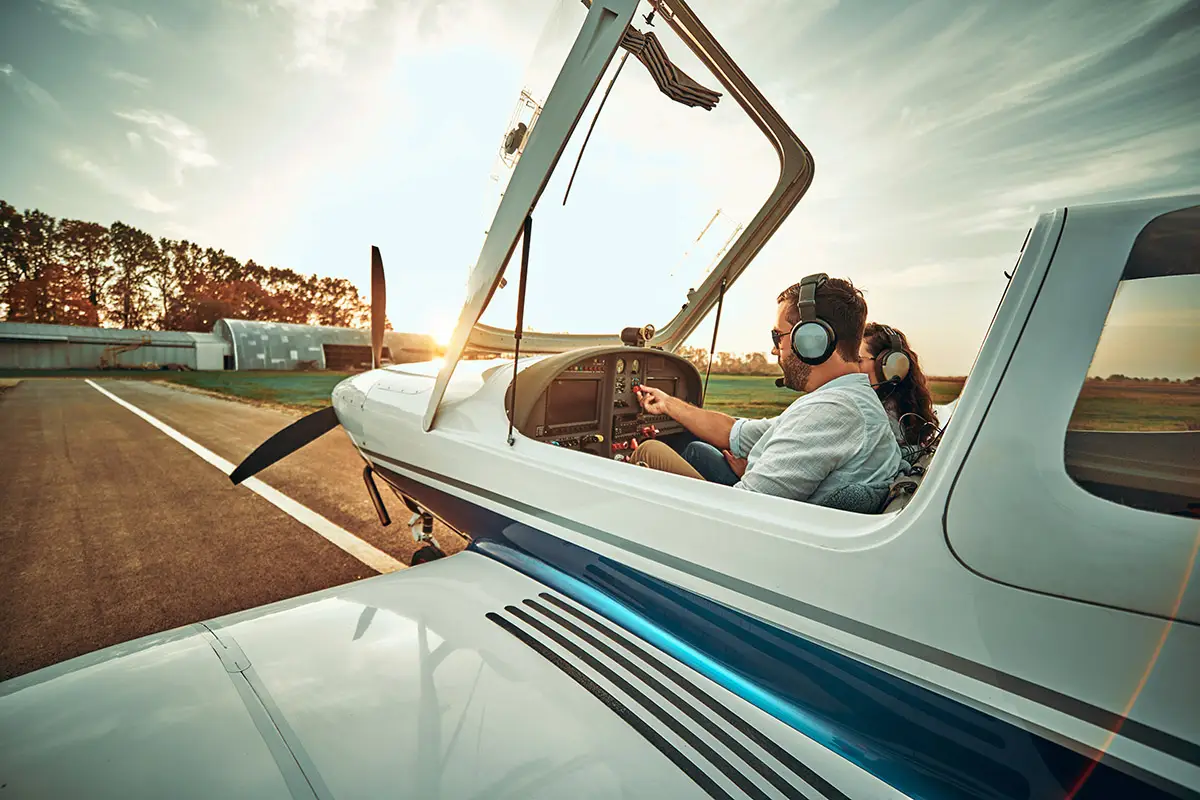
Sign-up for newsletters & special offers!
Get the latest FLYING stories & special offers delivered directly to your inbox

